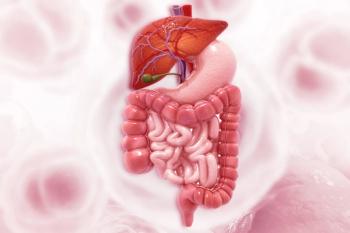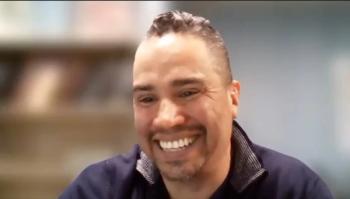
Should IMRT Be the New Standard in Esophageal Cancer?
This video discusses the use of intensity-modulated radiation therapy and whether it should be the new standard for treating patients with esophageal cancer.
Most esophageal cancer patients have distal tumors, resulting in vital organs such as the heart and lungs being exposed to substantial doses of radiation therapy.
In this video, Steven H. Lin, MD, PhD, of the University of Texas MD Anderson Cancer Center, discusses the use of intensity-modulated radiation therapy (IMRT) and whether it should be the new standard for treating patients with esophageal cancer.
IMRT is more advanced, but more costly, than standard 3D radiation.
Newsletter
Stay up to date on recent advances in the multidisciplinary approach to cancer.

















































































